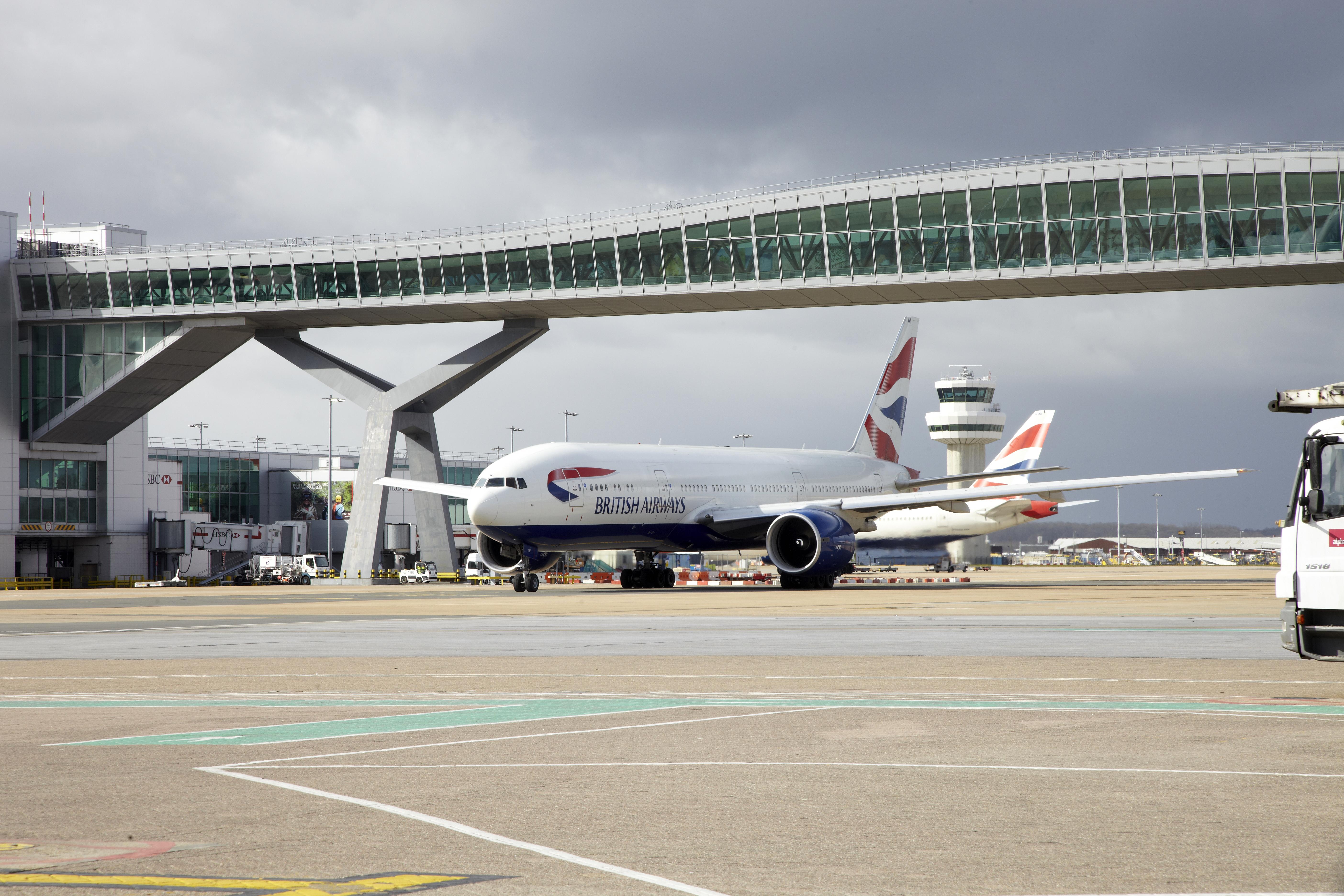
After London Gatwick (LGW) launched its new Decade of Change strategy to reduce the airport's own carbon emissions by 80% of 1990 levels by 2030, we catch up with head of sustainability Rachel Thompson to learn more.
Why have you launched the new 2030 goals?
Sustainability is a key part of Gatwick's business strategy and focus. We set 10-year sustainability goals on 10 topics that are key to operating and growing sustainably—we call this our Decade of Change policy.
We had reached our 2020 goals a year early and had done a lot of work on our 2030 framework when the COVID-19 pandemic began. The experience of the past year has reinforced the importance of focusing even more on people and communities, the net-zero transition, and local environmental stewardship.
In publishing our updated policy and 2030 goals now, we are stating our intention to build back from COVID-19 better, stronger and sustainably.
How important is sustainability to ensuring future passenger demand?
It’s clear that people want flying to remain safe and affordable while reaching net zero by taking carbon out of flying.
The net-zero transition is one of the most important issues facing society and the economy, and is something that we all have to tackle head on.
As consumers are doing across many sectors, an increasing number of passengers will look closely to see what the aviation industry is doing to reduce its environmental impact or support local communities, so it is important that we are able to demonstrate clear action and progress in this area.
At Gatwick, this continues to mean providing low-carbon buildings, working with partners to ensure access to low- and zero-carbon travel to the airport, and developing the infrastructure that low-carbon aircraft will need.
We are quietly proud that the UK aviation industry was the first in the world to commit to net zero carbon by 2050, with a roadmap and interim goals for 2030 and 2040; and we are committed to play our part in delivering this. It won’t happen overnight, but it is underway.
How important is the balance of offsetting, SAFs and other measures in a coherent long-term strategy?
Net-zero carbon flight will require multiple levers over time: airspace modernization to enable existing aircraft to fly more efficiently; expansion in sustainable aviation fuel (SAF) production; further advances in engine fuel-efficiency alongside the R&D on zero-emission engine and airframe development; and carbon removal and offsetting.
Offsetting shouldn’t be demonized, it pays for carbon reduction and removal in other sectors and—so long as the offsets are from real, robust and gold-rated projects—they have an important role to play in aviation reaching net zero.
At the same time, the UK Government must also provide effective policy and funding to support low-carbon aviation technologies and fuels; and international agreement on a global aviation net-zero carbon goal at next year’s ICAO General Assembly is also crucial.
For our own operations, Gatwick is committed to reduce the airport’s own direct emissions (Scope 1 and 2) by a further 25% by 2030—so that emissions have reduced by 80% against a 1990 baseline—as part of a science-based goal of reaching net zero before 2040.
Our achievements so far are due to a range of measure including purchasing renewable electricity and a strong focus on energy efficient systems and we will keep going on this alongside a strong focus on public transport and, increasingly, the transition to electric vehicles.
How do you intend to work with airline partners on the sustainability agenda?
We work on noise and net zero issues with our UK-based airlines in the Sustainable Aviation industry coalition as well as Gatwick-specific coordination and consultation.
Main photo credit: Gatwick Airport
Portrait photo credit: VINCI




